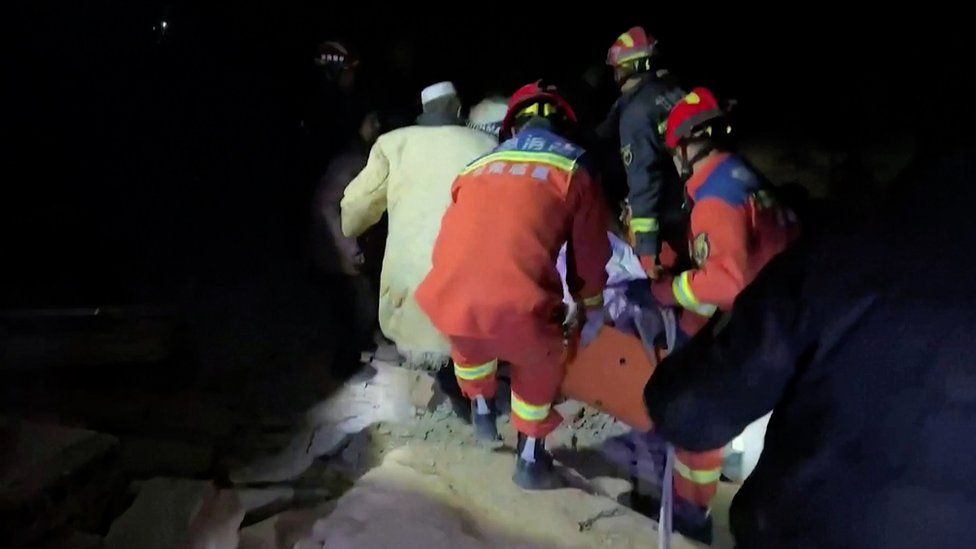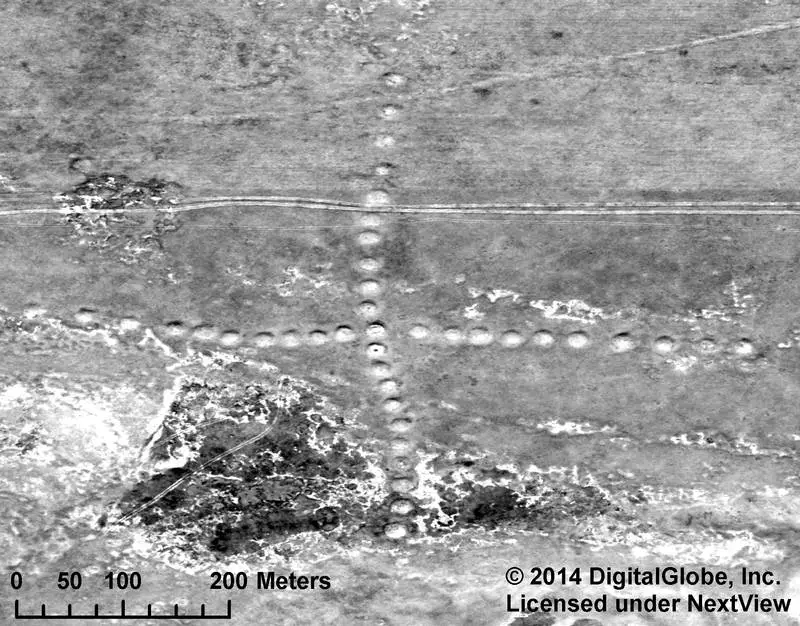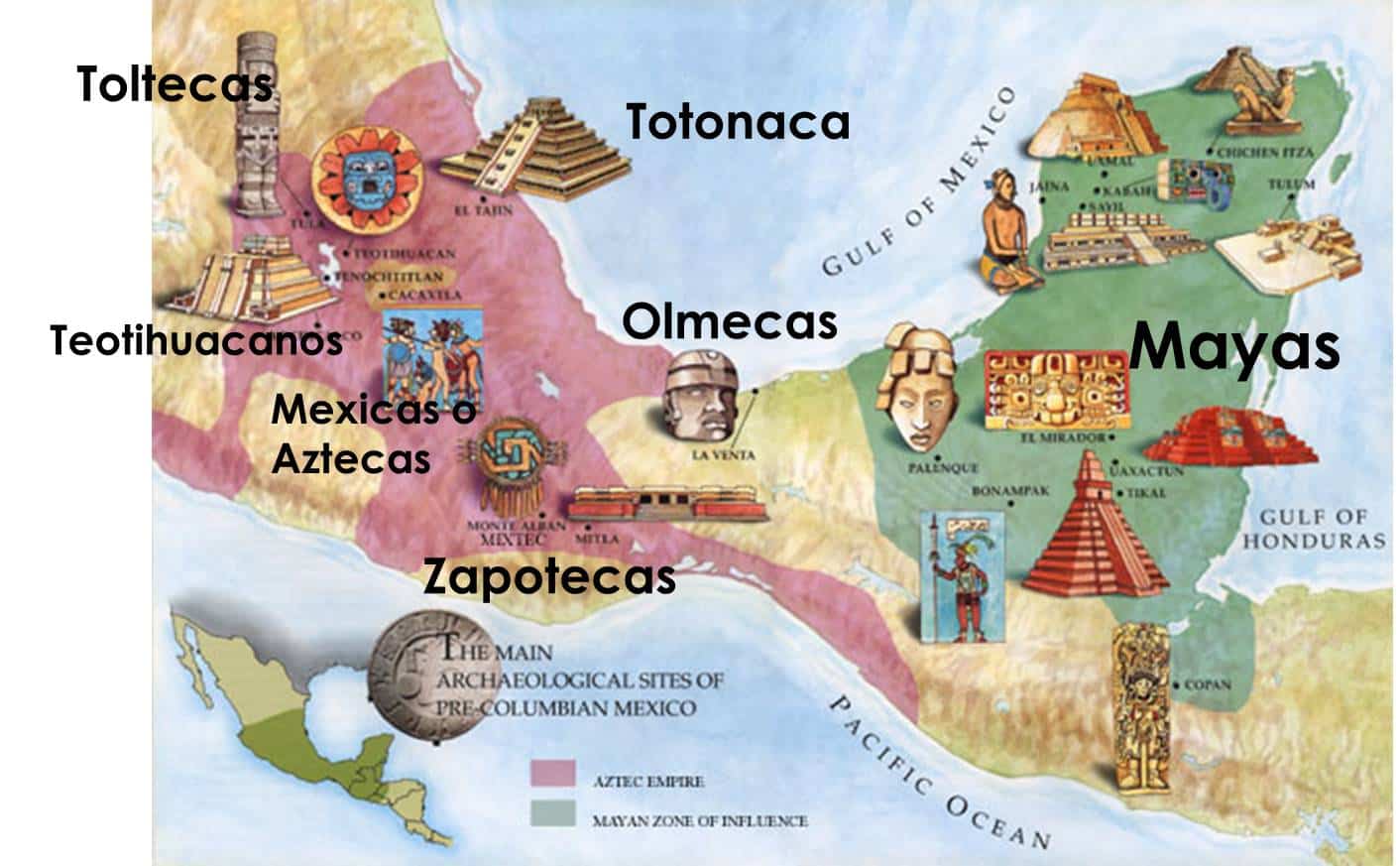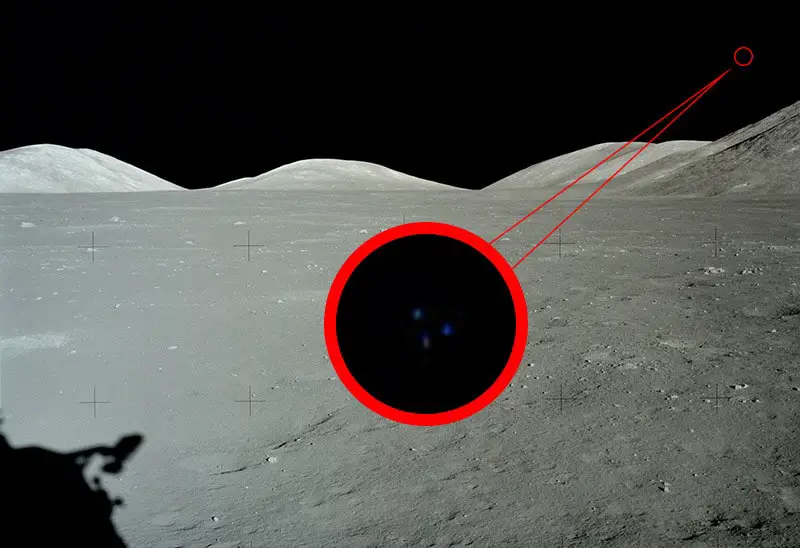 Image source, CCTV
Image source, CCTV
By Christy Cooney
BBC News
At least 111 people have been killed and another 220 injured following an earthquake on Monday night in north-west China, state media report.
The quake struck Gansu province around midnight (16:00 GMT), damaging buildings there and in neighbouring Qinghai province.
The US Geological Survey (USGS) said the quake had a magnitude of 5.9 and depth of 10km (six miles).
Chinese President Xi Jinping has ordered full rescue efforts.
Emergency workers are braving freezing weather to try and help people in the rural region - one of China's poorer areas. Temperatures are below -13C (8.6F), local media reported
Gansu lies between the Tibetan and Loess plateaus and borders Mongolia. The quake struck the Linxia Hui Autonomous Prefecture, an administrative region for China's Muslim Hui people.
Footage showed rescuers searching through the rubble of collapsed buildings. Debris was also seen on the floors of rooms whose ceilings had partially collapsed.
The government has dispatched teams of rescue workers to assist local emergency crews.
In a statement, President Xi said, "all efforts should be made to carry out search and rescue, treat the injured in a timely manner, and minimise casualties".
State media agency Xinhua reported on Tuesday morning that 100 people had been killed and 96 injured in Gansu, while 11 were killed and 124 injured in Qinghai.
Power and water supplies have also been disrupted in parts of the region.
China sits in a region where a number of tectonic plates - notably the Eurasian, Indian and Pacific plates - meet, and is particularly prone to earthquakes.
Last September, more than 60 people were killed when a 6.6-magnitude quake hit the southwestern Sichuan province.
A 1920 earthquake in Gansu , which killed more than 200,000 people, is also recorded as one of the world's deadliest in the 20th century.

 Movie
Movie 4 months ago
132
4 months ago
132 







![Presidents Day Weekend Car Sales [2021 Edition] Presidents Day Weekend Car Sales [2021 Edition]](https://www.findthebestcarprice.com/wp-content/uploads/Presidents-Day-Weekend-car-sales.jpg)



 English (United States)
English (United States)